Cacio e pepe literally translates to “
cheese and pepper.” These two ingredients are usually thought of as small components to a dish but in this pasta recipe, they take center stage. Because black pepper is used so often by cooks, we think people often fail to see how much of an incredible primary seasoning it can be. The fruity bite of freshly ground pepper is complex, earthy, sweet, and spicy all at once. Making this pasta (and toasting the pepper) is the perfect way to show off that flavor.
Pasta water is your best friend:
Remember the days when we used to overcook pasta, mindlessly drain it, and maybe even rinse it with cold water? Now, it’s fairly common knowledge to do just the opposite. Cook your pasta—we’d recommend spaghetti, bucatini, or another long, thin noodle—until al dente in rapidly boiling, salted water. Go about 3 minutes less than what the package cooking time recommends. Then, right before you’re ready to drain, dip a liquid measuring cup in there and grab some of that beautifully starchy, salty water. This magical stuff is the backbone of this dish and will make your sauce smooth, glossy, and emulsified.
If you really want to go the extra mile, we recommend you use less water than the box calls for. Less water means there will be a higher concentration of starch in the water, and you will have a more cohesive sauce that will stick really well to your pasta. Also, though homemade pasta is typically seen as better, in this case we want the starch that comes from cooking dried pasta, so stick with the boxed stuff.
Toast your black pepper:
One of this dish’s namesake ingredients, regular old black pepper, needs special attention here. To get the most out of your pepper, you’re going to be toasting it in a mixture of butter and oil. You’re “blooming” the pepper—essentially, frying it in fat to deepen the flavor. Don’t go too long or the pepper will burn—a minute is perfect. Freshly ground is absolutely key. Do not use a shaker! You’ll thank us later when your pasta is flecked with freshly cracked pieces of the good stuff.
Double the cheese, please:
For this recipe, you’re going to be using two classic Italian cheeses: Parmesan and pecorino. Some recipes will have you use one or the other, but a fresh, finely grated mixture of both of them is what really balances the dish and takes it to the next level. Toss, toss, toss, and watch as they quickly melt into the sauce and cling to the pasta.
One more thing on cheese. If you can avoid buying the pre-grated stuff, we recommend you do. While pre-grated cheese might be convenient, those products can often times be treated with other ingredients to keep them from clumping. Go out and buy a couple small blocks of cheese and grate it yourself.
Tried making this recipe? Let us know how it came out in the comments below!
Cacio e pepe literally translates to “
cheese and pepper.” These two ingredients are usually thought of as small components to a dish but in this pasta recipe, they take center stage. Because black pepper is used so often by cooks, we think people often fail to see how much of an incredible primary seasoning it can be. The fruity bite of freshly ground pepper is complex, earthy, sweet, and spicy all at once. Making this pasta (and toasting the pepper) is the perfect way to show off that flavor.
Pasta water is your best friend:
Remember the days when we used to overcook pasta, mindlessly drain it, and maybe even rinse it with cold water? Now, it’s fairly common knowledge to do just the opposite. Cook your pasta—we’d recommend spaghetti, bucatini, or another long, thin noodle—until al dente in rapidly boiling, salted water. Go about 3 minutes less than what the package cooking time recommends. Then, right before you’re ready to drain, dip a liquid measuring cup in there and grab some of that beautifully starchy, salty water. This magical stuff is the backbone of this dish and will make your sauce smooth, glossy, and emulsified.
If you really want to go the extra mile, we recommend you use less water than the box calls for. Less water means there will be a higher concentration of starch in the water, and you will have a more cohesive sauce that will stick really well to your pasta. Also, though homemade pasta is typically seen as better, in this case we want the starch that comes from cooking dried pasta, so stick with the boxed stuff.
Toast your black pepper:
One of this dish’s namesake ingredients, regular old black pepper, needs special attention here. To get the most out of your pepper, you’re going to be toasting it in a mixture of butter and oil. You’re “blooming” the pepper—essentially, frying it in fat to deepen the flavor. Don’t go too long or the pepper will burn—a minute is perfect. Freshly ground is absolutely key. Do not use a shaker! You’ll thank us later when your pasta is flecked with freshly cracked pieces of the good stuff.
Double the cheese, please:
For this recipe, you’re going to be using two classic Italian cheeses: Parmesan and pecorino. Some recipes will have you use one or the other, but a fresh, finely grated mixture of both of them is what really balances the dish and takes it to the next level. Toss, toss, toss, and watch as they quickly melt into the sauce and cling to the pasta.
One more thing on cheese. If you can avoid buying the pre-grated stuff, we recommend you do. While pre-grated cheese might be convenient, those products can often times be treated with other ingredients to keep them from clumping. Go out and buy a couple small blocks of cheese and grate it yourself.
Tried making this recipe? Let us know how it came out in the comments below!
- Yields:
-
2
serving(s)
- Prep Time:
- 5 mins
- Total Time:
- 25 mins
- Cal/Serv:
- 994
Directions
-
- Step 1
In a large pot of boiling salted water, cook pasta, stirring occasionally, until very al dente, about 3 minutes less than package directions. Reserve 2/3 cup pasta water before draining.
- Step 2In a large skillet over medium heat, heat oil and 1 tablespoon butter until butter is melted. Add a generous amount of pepper and toast, stirring frequently, until fragrant, about 1 minute.
- Step 3Add 1/2 cup reserved pasta water and bring to simmer. Whisk in remaining 1 tablespoon butter. Using tongs, add pasta, tossing into butter mixture.
- Step 4Remove skillet from heat. Gradually add Parmesan and pecorino and toss constantly until cheese is melty. (If sauce is too thick or clumping, loosen with more pasta water.)
- Step 5Divide pasta between bowls. Top with more Parmesan and pecorino.
- Step 1


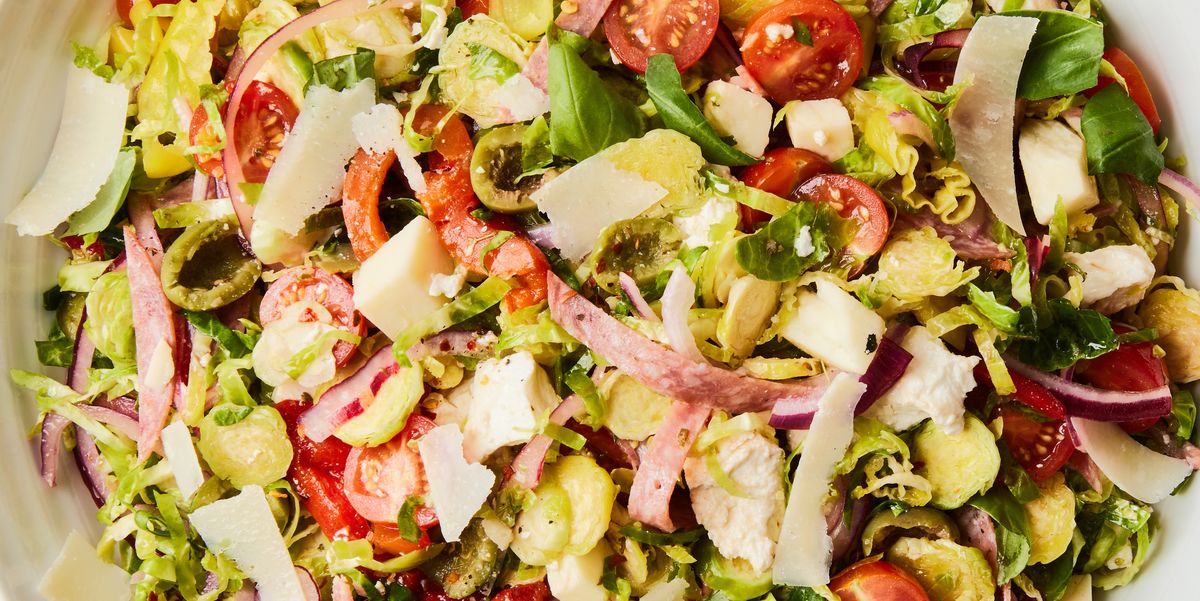
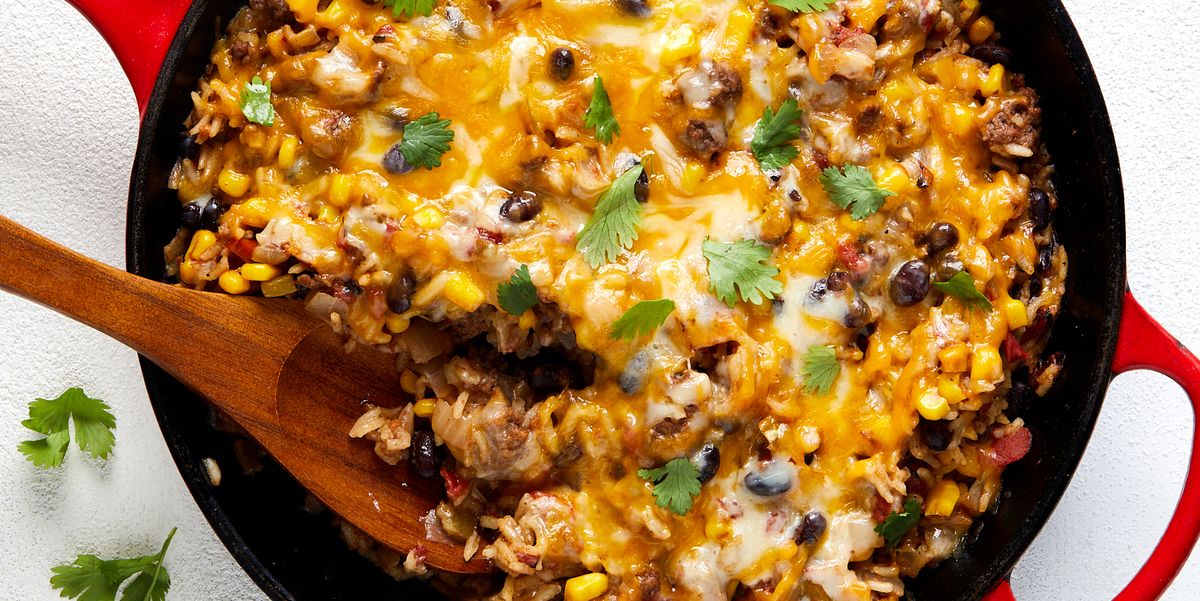
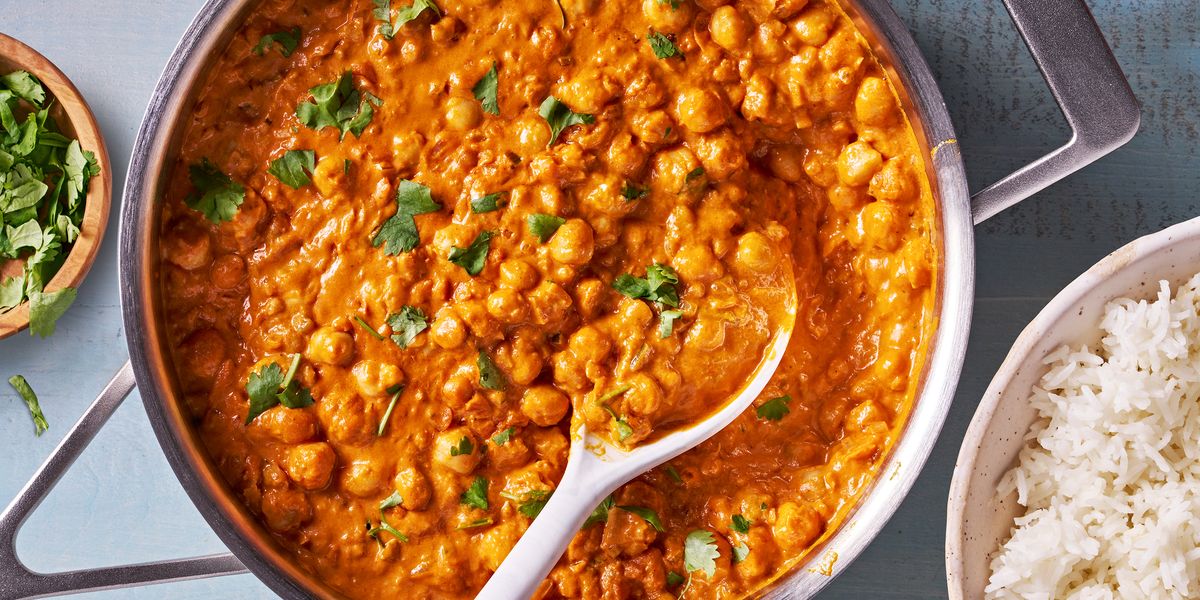

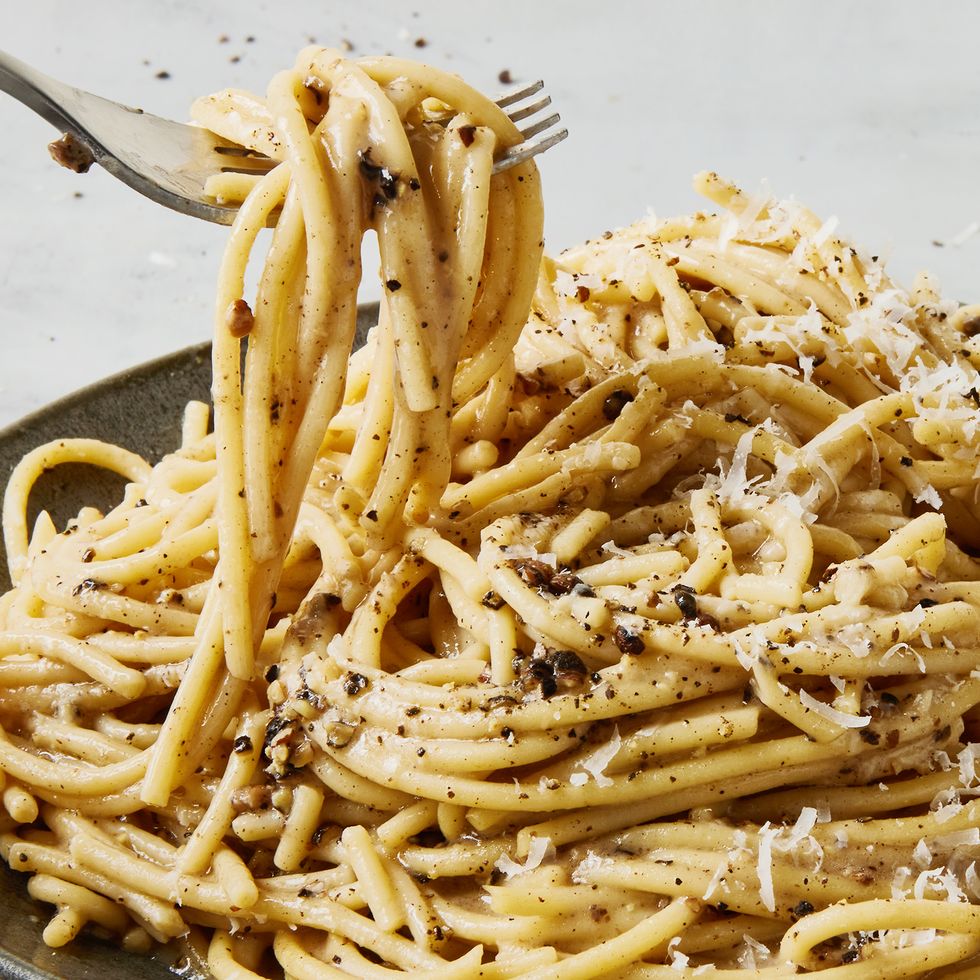





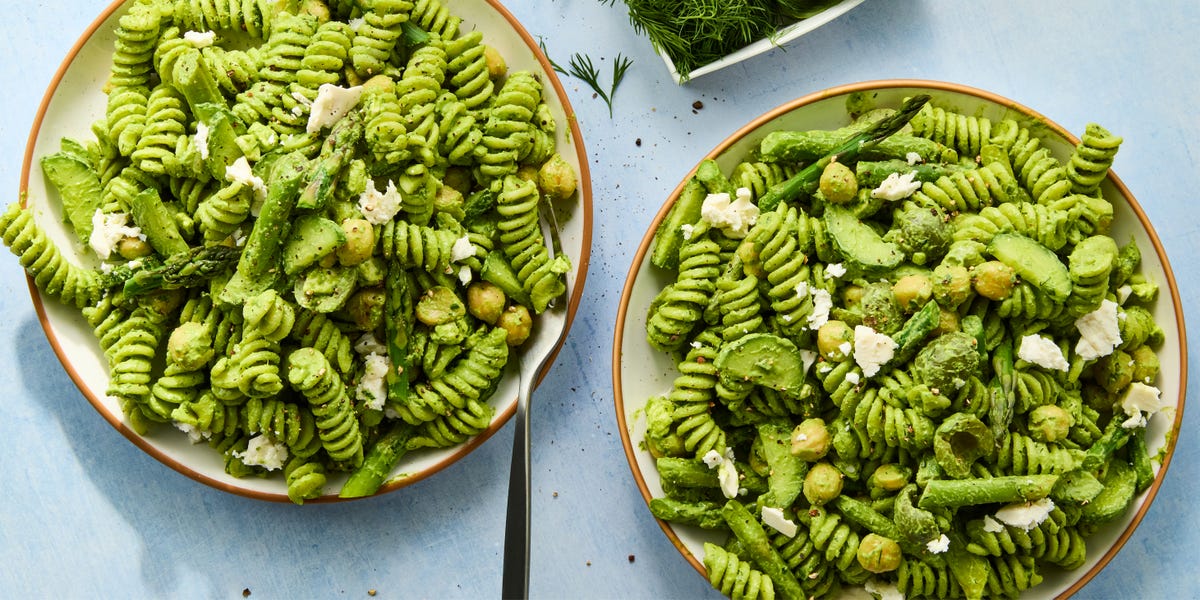


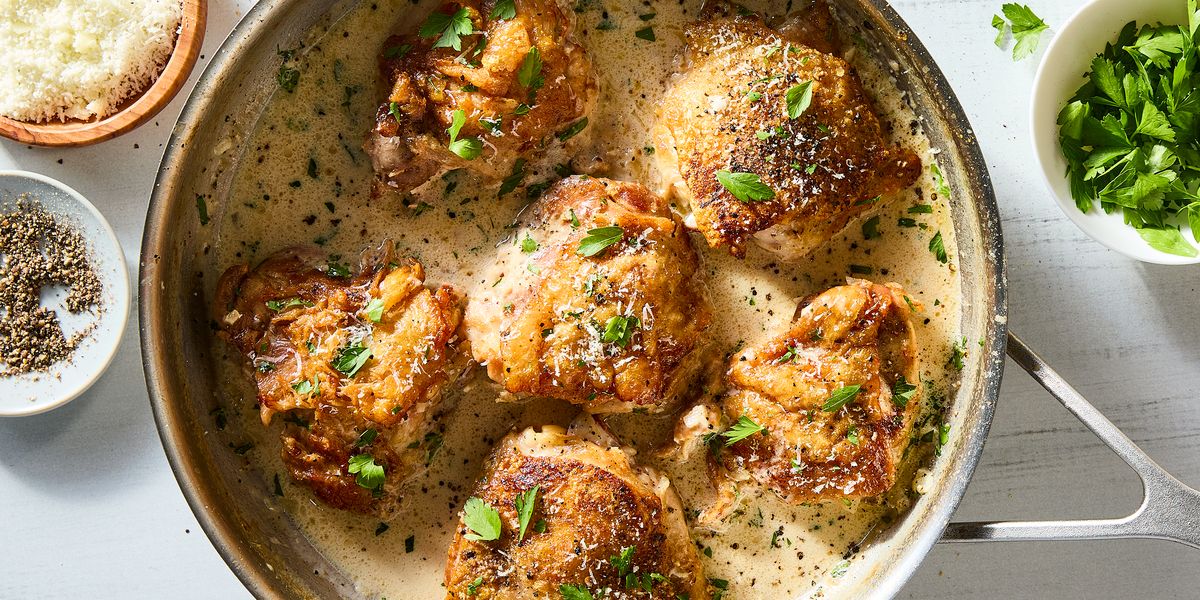

Leave a Reply